When we talk about the Azzurri, we're talking about a team with one of the most impressive histories in football. Our story begins in 1934 with the World Cup in Italy, where the host nation was crowned champion.
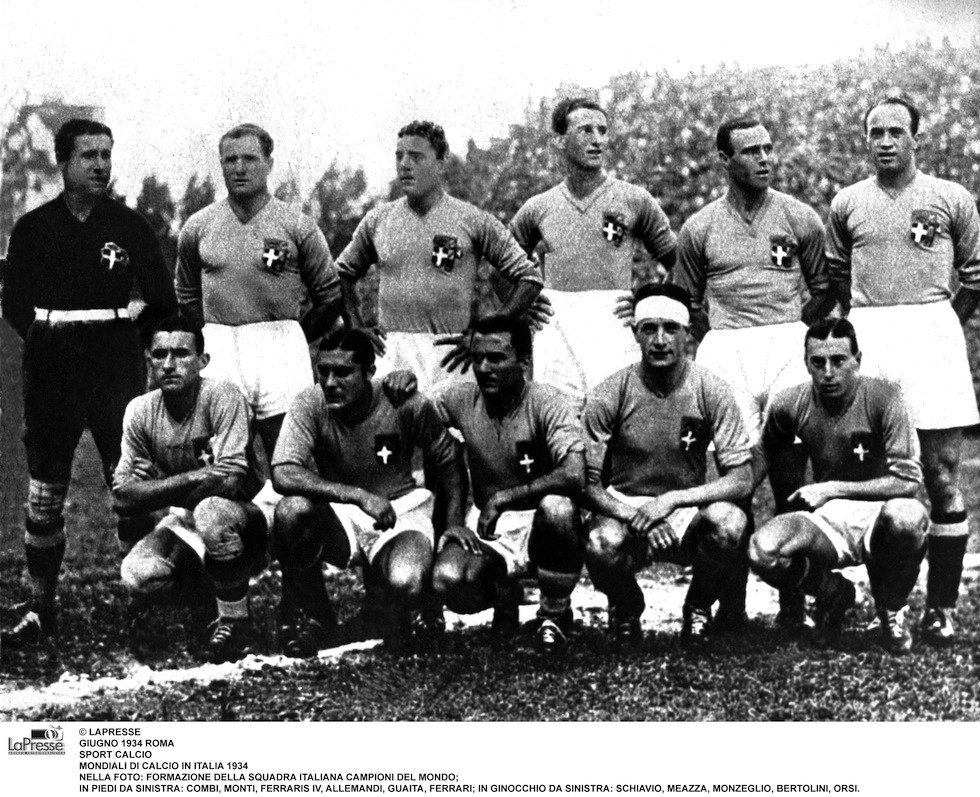
Next up is France in 1938, where the Azzurri were once again crowned champions. They wore blue as their first kit and black as their second. These were simple, classic jerseys that were very similar.

Next, we moved on to the 1950 World Cup in Brazil, where we unveiled a new crest and a jersey that was very much in keeping with the style of the time, complete with a marked collar. The away kit was a white jersey with a blue line, replacing the black jersey.
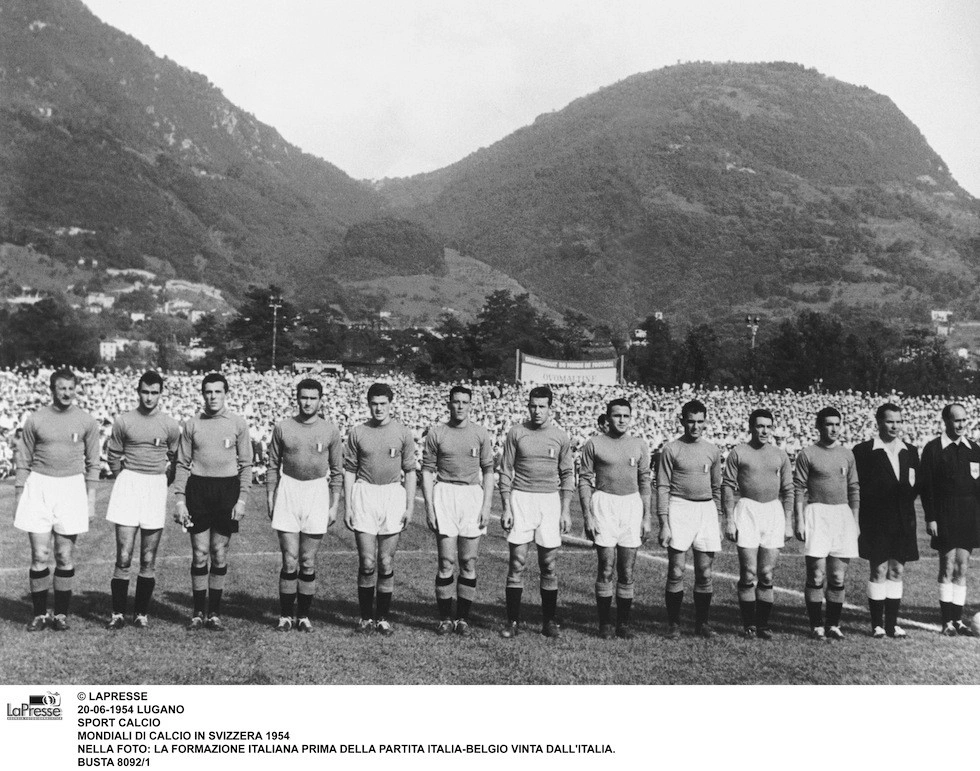
Next up is Switzerland in 1954, sporting a jersey with a high collar and a slightly altered crest that still maintained Italy's signature clean and elegant aesthetic.
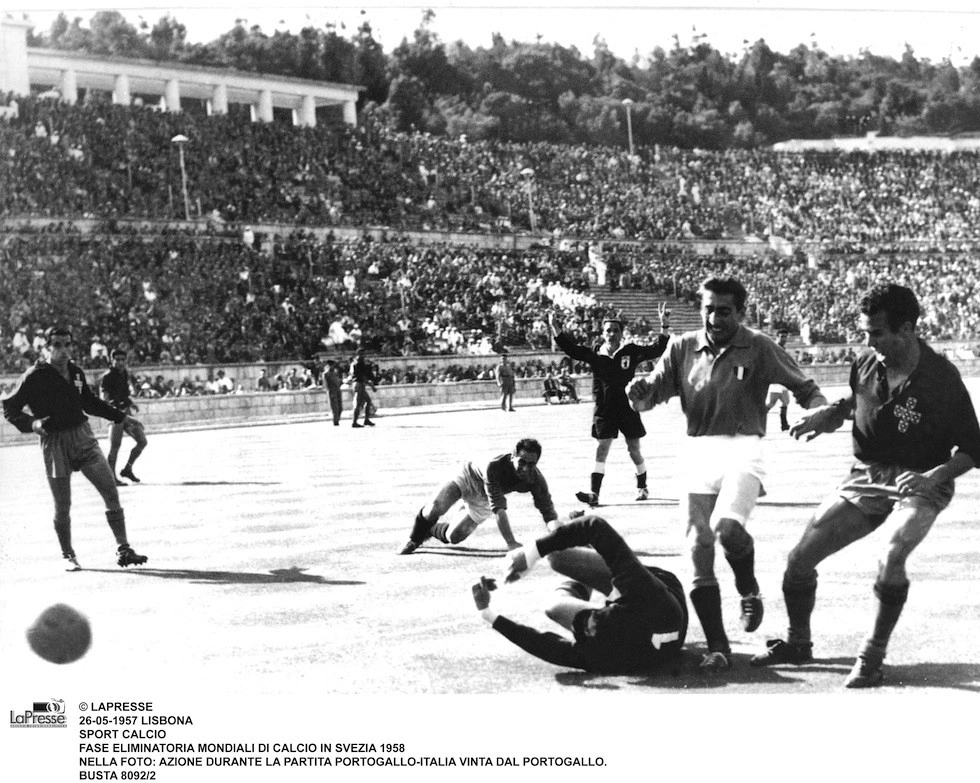
Let's check out the Chile 1962 jersey, which has a revamped collar in the style of a polo shirt with buttons - a very classic look.
Foto
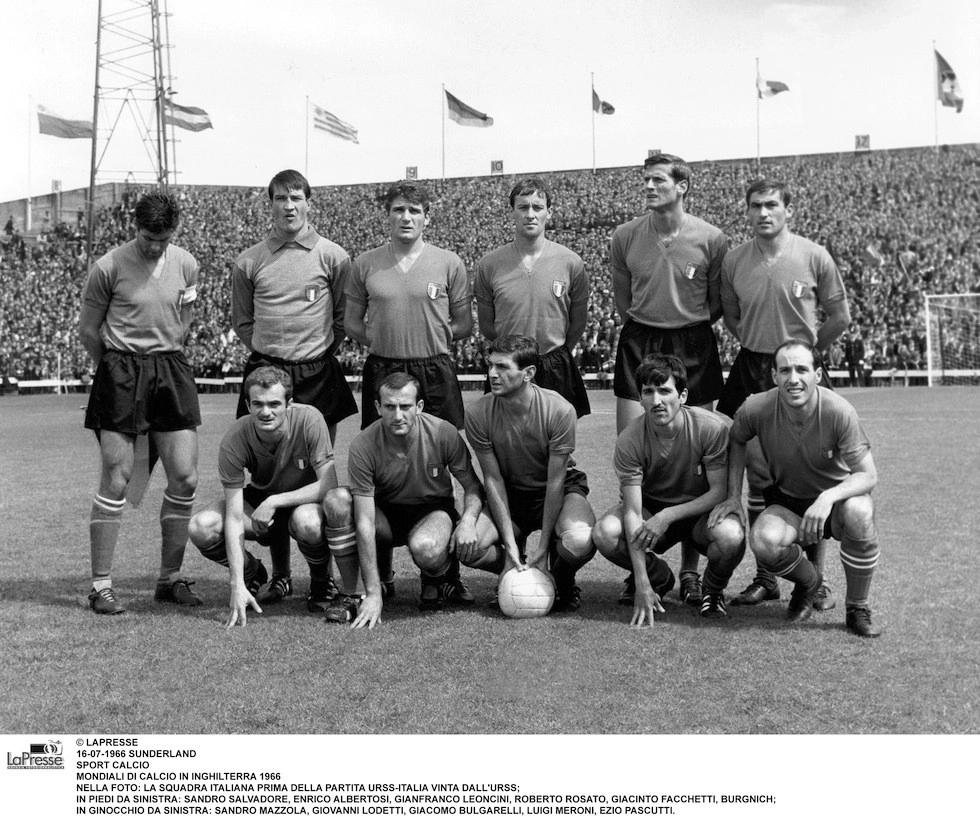
We continue our journey to England in 1966, where we take a step back in time to see the return of round necks with an even simpler aesthetic, reminiscent of the kits from the early years.
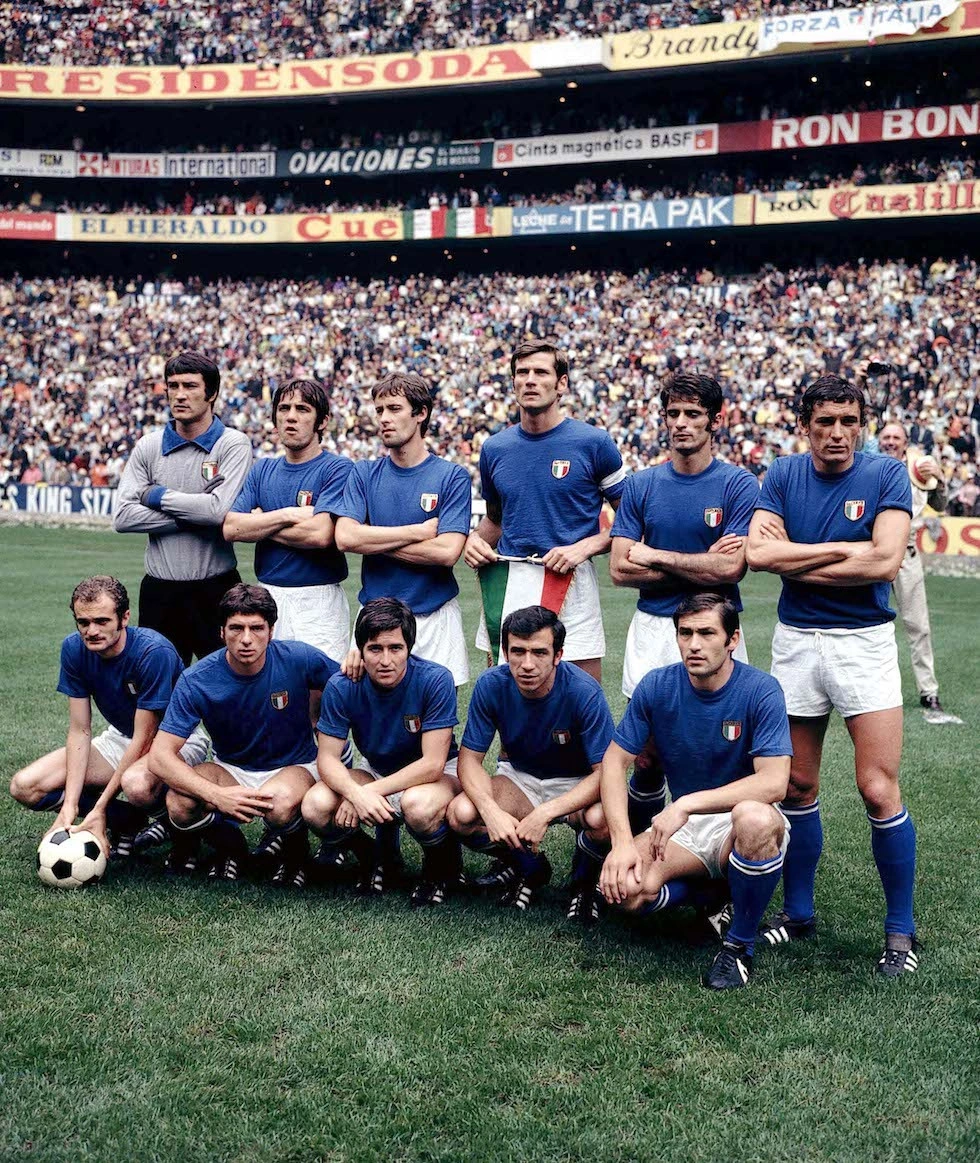
Next, we move on to Mexico in 1970, where Italy finished as runners-up. They wore a slightly brighter blue jersey with a vibrant touch that almost won them the championship.

In 1974, the jersey was produced in Germany and was very similar to the previous one, with only slight alterations to the collar and sleeves. However, it retained the same essence.
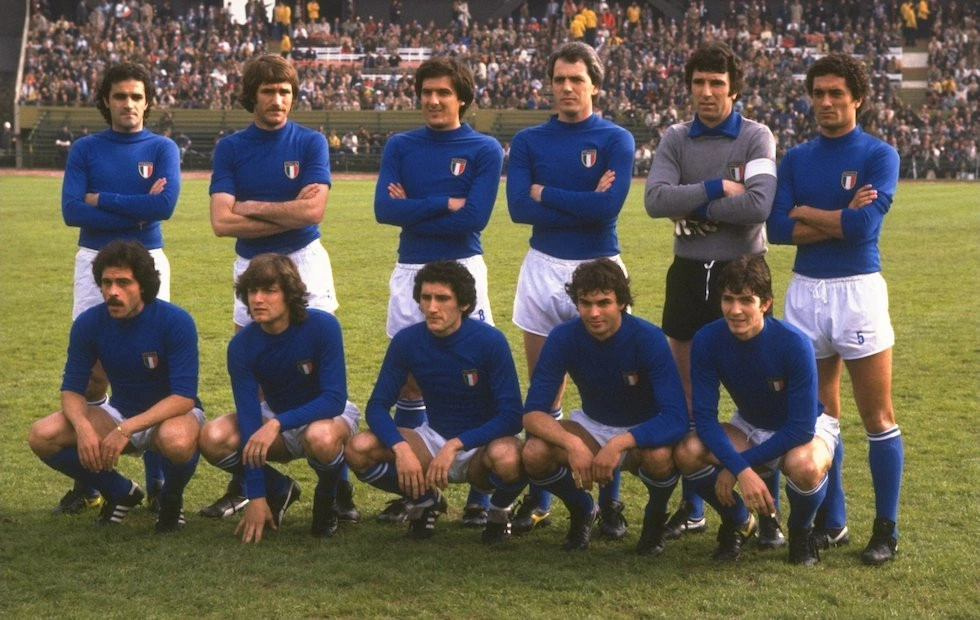
In 1978, the design was modified in Argentina, giving it a different touch while essentially maintaining the same design. This design was modified for the second kit by removing the central blue line.

Pasamos a España 1982 tenemos un diseño nuevo completo que ya empieza a dotar de detalles a las camiseta, con ligeros toques distintivos en cuello y mangas donde se podía ver la bandera de Italia, que por lo visto les dio suerte ya que se proclamo Campeona del torneo.
Moving on to Spain in 1982, we see a completely new design with subtle, distinctive touches on the collar and sleeves, such as the Italian flag, which apparently brought the team luck as they were crowned champions of the tournament.

We're heading back to 1986 Mexico with a jersey similar to the previous one, but made from more modern materials. This gives the Azzurri a vibrant new look, along with a new crest.

In Italy in 1990, they came third in a very minimalist jersey, where the collar stood out above all else.
In the 1994 USA tournament, Italy once again came close to glory with a spectacular Diadora jersey featuring a striking pattern, a detailed collar and a number on the front. It was a crazy jersey that will always be remembered by football fans.

In 1998, Nike modified the design of the V-neck polo shirt in France, along with the new crest that had been in use since 1992.
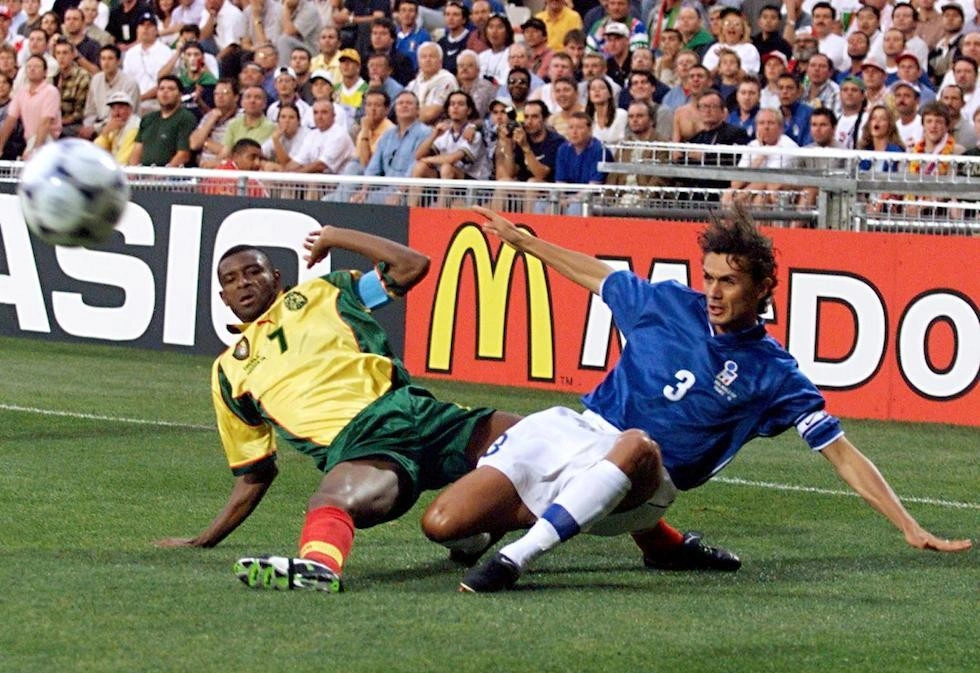
Another of the most famous Azzurri jersey came from Korea and Japan, with its raised collar and tight fit. While it didn't help the team achieve great results in the World Cup, it certainly gave us an exquisite aesthetic.
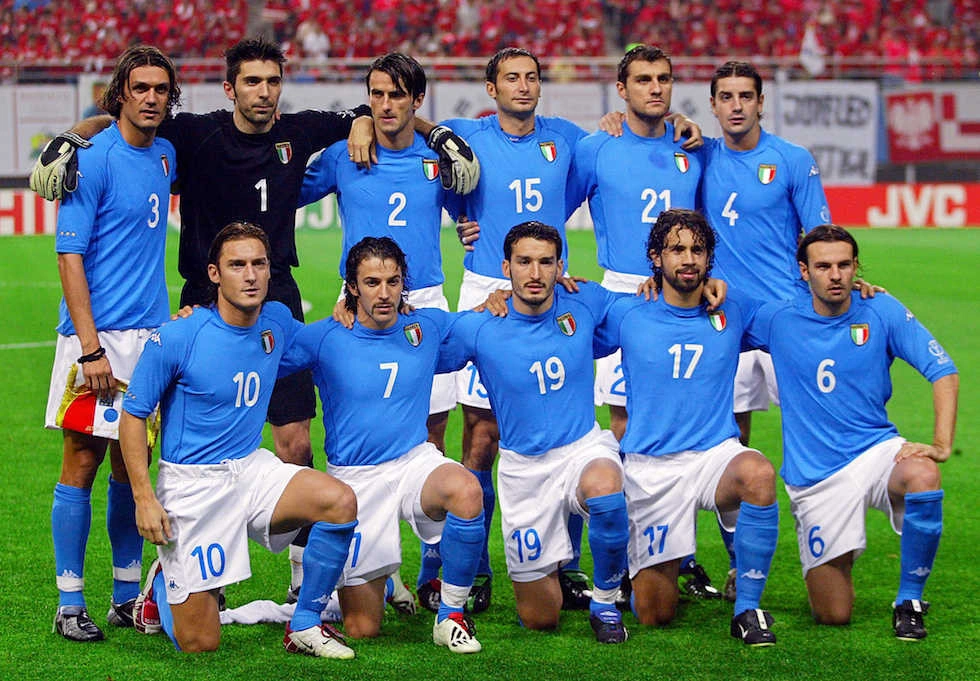
We return to another tournament in Germany in 2006, courtesy of Puma once again. We saw a jersey with a hint of black and a pronounced V-neck that proved to be a lucky charm, as well as the gold jersey worn by Buffon. Champions!

In 2010 in South Africa, we saw a jersey in the style of the 1990s once again with Puma. It had white accents and a watermark pattern across the entire jersey. It also had a different crest to those seen in recent years and a very open collar.
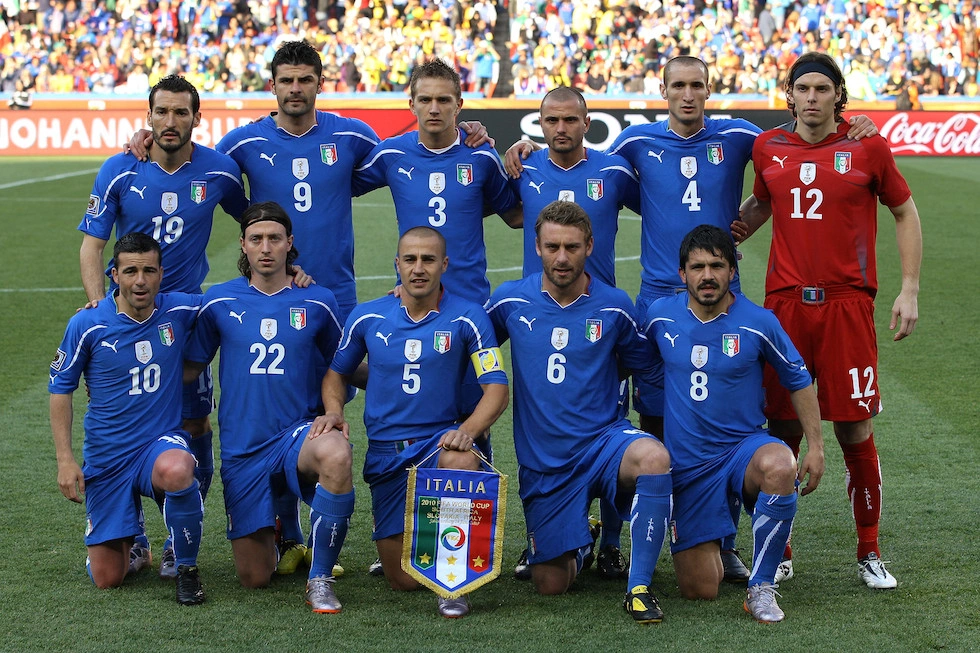
At the 2014 World Cup in Brazil, we saw a very retro design with a pronounced polo neck and touches of the flag on the sleeves. The close-fitting design attracted a lot of attention, but it did not have a major sporting impact.

Finally, we have the latest jersey designed by adidas for the 2026 World Cup, which Italy is currently on the verge of qualifying for.
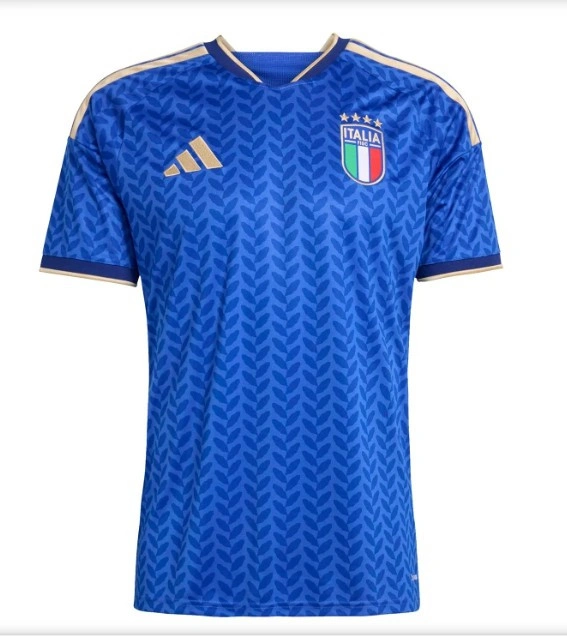
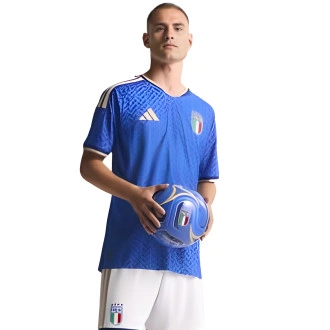
Jersey Italy Home Kit Authentic World Cup 2026 Blue

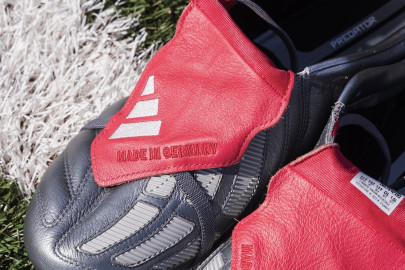




Log in or
create your account
Your best self starts here. Come in and get in your prime